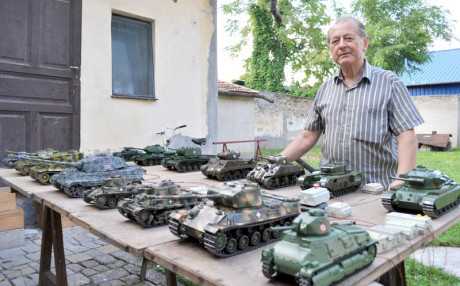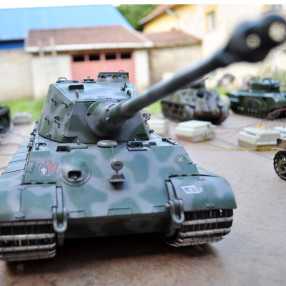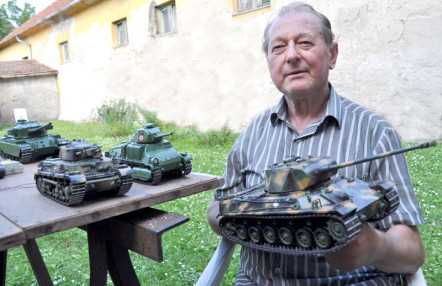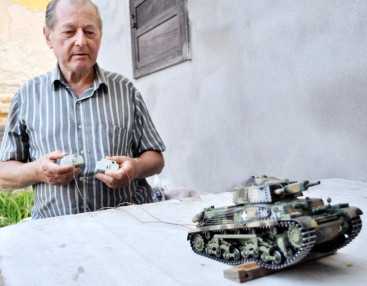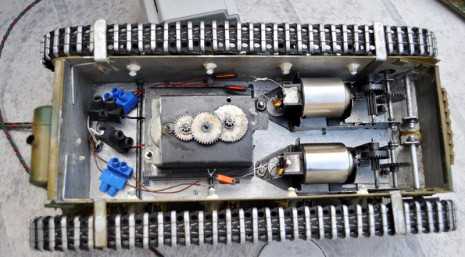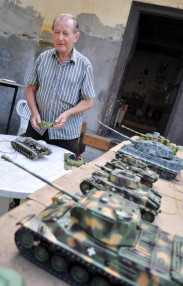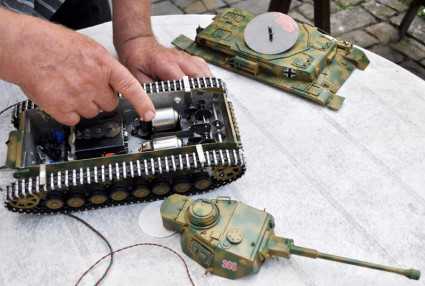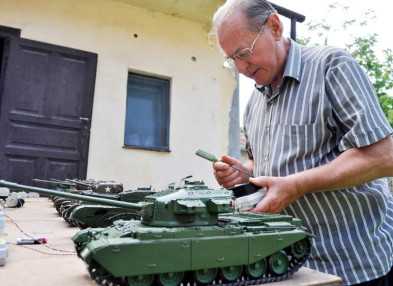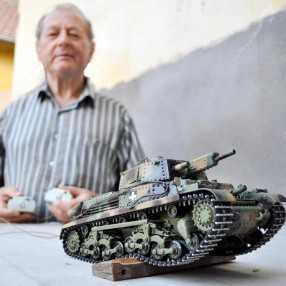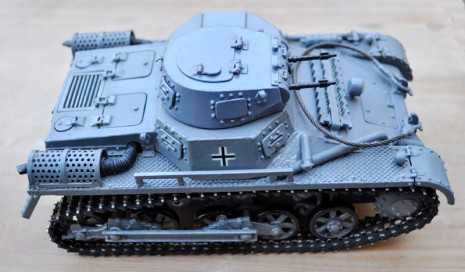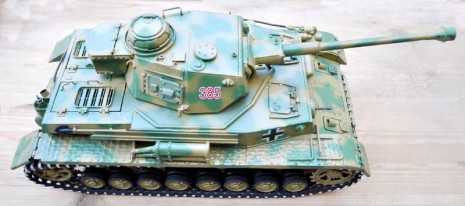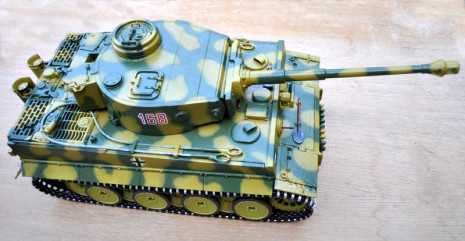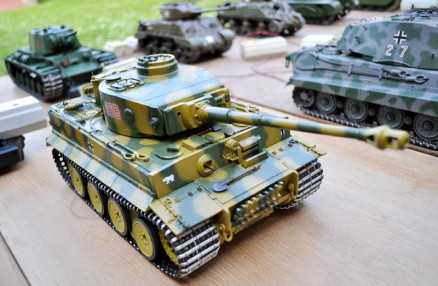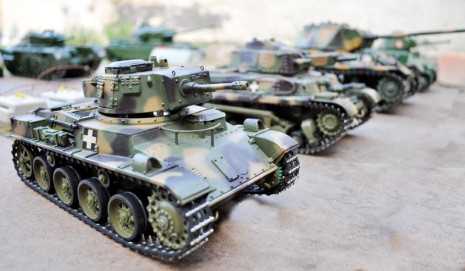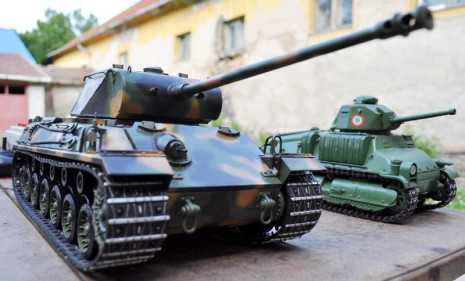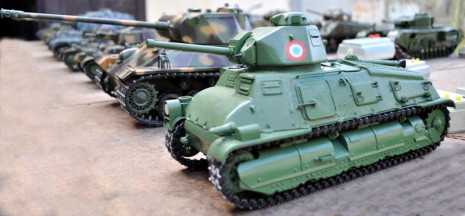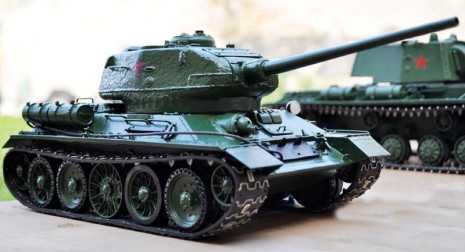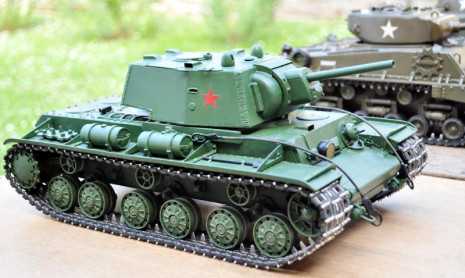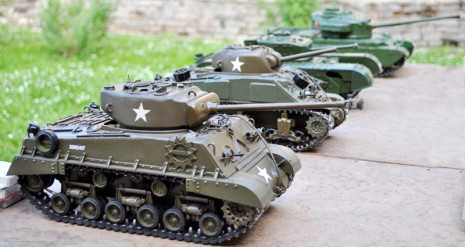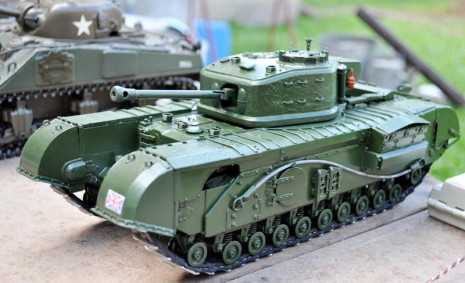Tank Regiment in the Living room
Szöveg: Sándor Galambos | 2011. augusztus 18. 8:15Even though he was never a soldier, László Szőke of Kecskemét is a great fan of the army. The 73-year-old jack-of-all-trades has manufactured many small combat vehicles, and all of them are working. He was collecting uniforms for decades, and holds the rank of captain in the guard of honour of the local heritage preserving association.
Galéria

Since then, Unce Laci has been a great fan of ’caterpillar tracks’, and as a child he decided to enrol a military school and become a tank officer. One of the most beautiful days in his life was when he received the draft, but soon his joy turned sour: he was sent home because the doctor on the draft board had said there was a little problem with his heart.
He became a painter and decorator, and started to collect uniforms. He went to flea markets and he was also a ’regular customer’ at fairs held in the cultural centre of the Havana Housing Estate in Budapest. He was specialized in the period preceding World War II, and displayed his collection of more than sixty uniforms at several exhibitions. He was the most proud of his complete Hungarian tank crew uniform.
A few years ago he sold his collection, but he feels sorry if he thinks of that tank crew uniform even though his life is filled with tanks now. He assembled his first combat vehicle some thirty years ago; ‘large-scale’ production began only after his leg operation: he could not climb the ladder anymore, so he became a boiler man at the county court of law. All he had to do with the gas boiler was to keep an eye on it – he did not know what to do with so much free time. It takes a heating season for him to assemble a tank: in autumn, he heats up the boiler and by the time spring sets in, the newest model is ready.
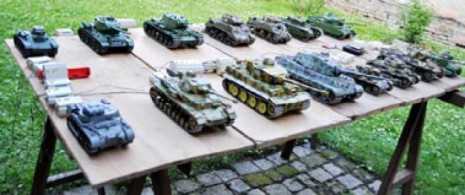
Each of them has two electric engines and can be controlled by wired remote controls taken out of old toys. They operate precisely like the ’big ones’ do: they go forward and reverse, turn right and left, their turret turns around and their hatches and doors can be opened. From the series of combat vehicles assembled during the decades, the jack-of-all-trades of Kecskemét has given away many – he has kept only fifteen boxes, and for our sake, he put them in ‘battle order’ in his garden (see picture).
Uncle Laci is well-known in the Museum of Military History as well: he had an exhibition, and also donated tank’s spare parts to the collection of the museum. He ’found’ one of them, the chain tensioning wheel of a ’Királytigris’(Royal Tiger), by a locksmith’s workshop, the master used it for winding wire. The four road wheels of a ’Párduc’ (Panther) caught his eyes at a transport operator – they were used as horse carriage wheels, and he spotted the caterpillar track of a ’Panzerkampfwagen I’ (PZ-1) light combat vehicle in the courtyard of one of the houses in Bem Street: they were enclosing a flower garden.
The author’s photos
(Click on our gallery for more pictures!)
